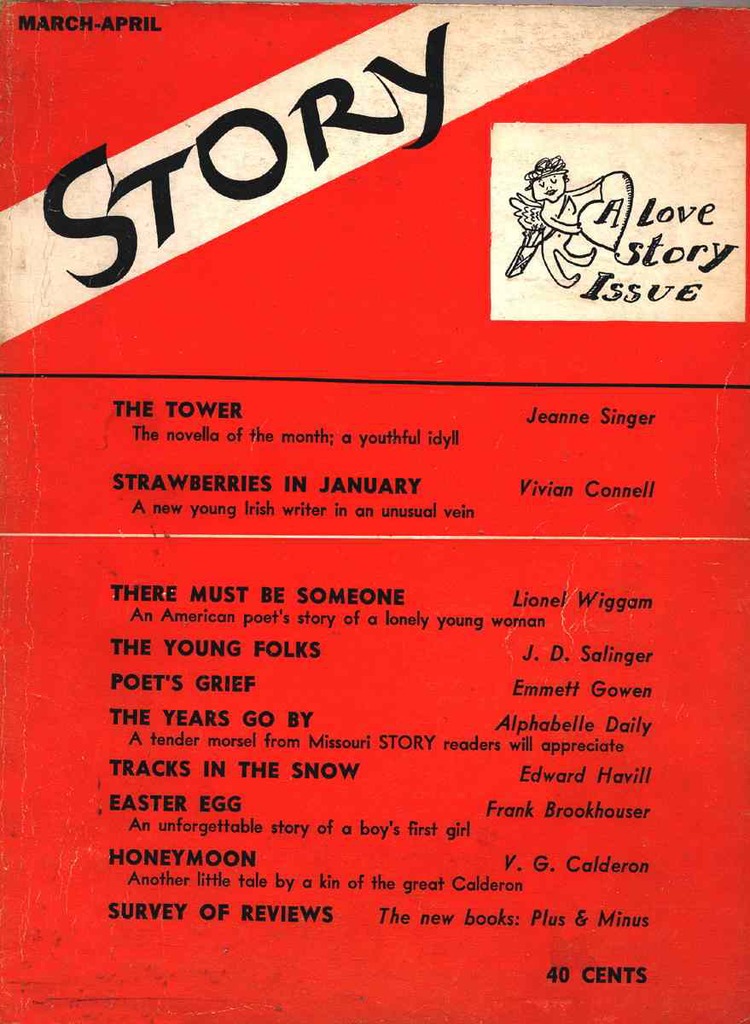
I am memoir-bound with three planned stops, beginning with My Salinger Year by Joanna Rakoff. Rakoff writes of her year working at Harold Ober Associates, New York’s historic literary agency, which she refers to simply as “the Agency.” Rakoff explains, “I had dropped out of graduate school — or finished my master’s, depending on how you looked at it,” a self-depreciating distinction that I love. She is the Assistant to Phyllis Westberg, the President of the Agency and literary agent to the one and only Jerry Salinger.
It is 1996 and the age is pre-digital, at least in the literary world, or at least in the Agency. Rakoff uses a Selectric typewriter and a Dictaphone, the copy machine is the office’s newest technology, and there are no computers. There are whispers of other offices doing away with interoffice memos in favor of e-mail. Rakoff hears from a friend whose own office has decided to go paperless and Rakoff responds, “How is that possible?”
From Rakoff’s intelligent take on life, to the drama and inner workings of a literary agency, to the candid appearances by Salinger himself, I am thoroughly enjoying it all. It is a quick read if you want it to be, though I am taking my time with it. I am at the part where Salinger gives word to Phyllis Westberg that he wants to go forward with the publication of Hapworth 16, 1924. Based on how those events unraveled in real life, I am excited to maybe learn what went on inside Harold Ober Associates during that time, courtesy of Rakoff and her Salinger year.
It is 1996 and the age is pre-digital, at least in the literary world, or at least in the Agency. Rakoff uses a Selectric typewriter and a Dictaphone, the copy machine is the office’s newest technology, and there are no computers. There are whispers of other offices doing away with interoffice memos in favor of e-mail. Rakoff hears from a friend whose own office has decided to go paperless and Rakoff responds, “How is that possible?”
From Rakoff’s intelligent take on life, to the drama and inner workings of a literary agency, to the candid appearances by Salinger himself, I am thoroughly enjoying it all. It is a quick read if you want it to be, though I am taking my time with it. I am at the part where Salinger gives word to Phyllis Westberg that he wants to go forward with the publication of Hapworth 16, 1924. Based on how those events unraveled in real life, I am excited to maybe learn what went on inside Harold Ober Associates during that time, courtesy of Rakoff and her Salinger year.




